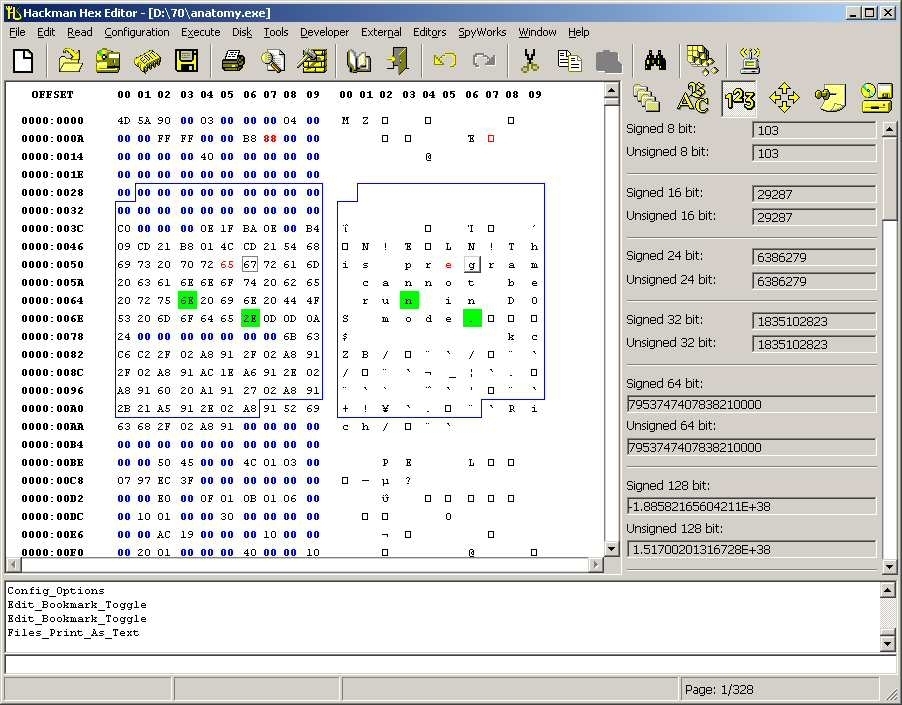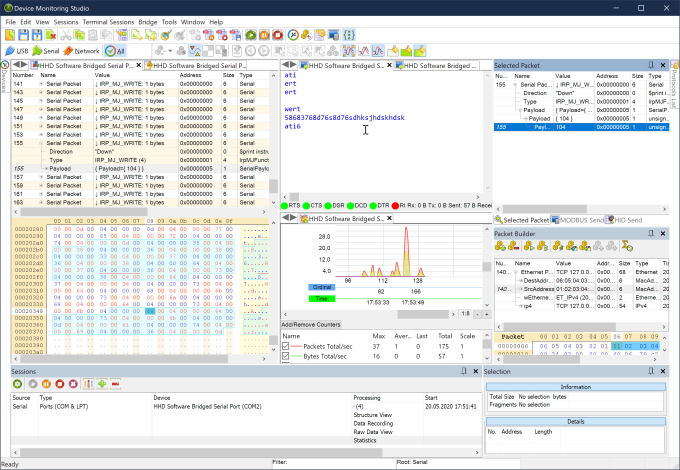

It will help to go up by one page (in the file). It will help to go to the end of the line of the file It will help to go to the beginning of the line of the file. It will help to move n times the cursor editor window.

Similar to the keyboard arrow key, It will help to move n times in the editor window. Similar to the keyboard arrow key, It will help to move the cursor in the editor window.Įsc+Right-Arrow, Esc+Left-Arrow, Esc+Down-Arrow, Esc+Up-Arrow It will help to move the cursor in the editor window. Right-Arrow, Left-Arrow, Down-Arrow, Up-Arrow

While editing the binary file, we need to provide a different option like sector, maximize, help, filename to the hex editor command.īelow are the lists of shortcut option that are compatible with the hex editor command. The hex editor is helpful to edit binary files. In Linux, we have the functionality to edit or manage different data like ASCII format, binary format, etc. While running these servers or applications, they are generating a huge amount of data in terms of server or application level and user-level data. It will support multiple servers or applications. Linux is a multi-user support operating system. Filename: While working with hexedit, we need to provide the filename or path of the file (at the end of the command).Help: As per the requirement, we can use the help keyword to get the basic information of the hexedit command.Sector: We can provide the sector information to the “hexedit” command.As per the provided arguments, it will help to edit the binary files. It will take different arguments like sector information, maximize value, hexedit help option, and filename. hexedit: We can use the “hexedit” keyword in the syntax or command.
#Hex editor software#
Web development, programming languages, Software testing & others
#Hex editor free#
Of course, the reading application "knew" which sectors were damaged and did not try to access them.Start Your Free Software Development Course That way, a 'file' could not be copied to another medium or opened with regular disk editors. (1) Back in the days of floppy disks and CD-ROMs there were ways to invalidate disk sectors. If that is the case, you can look all you want, but you cannot find anything useful to change or, changing the data may make the program stop running (i.e., if it detects the original has been modified). This might be hard to see if you are looking at a raw hex dump.Ī third problem may be that the file is encrypted or otherwise protected against tampering (e.g., with aforementioned checksum). And before you can change a single instruction, you need to be absolutely sure it is a single instruction, and not part of a previous multi-byte one. Yes, you can modify single instructions - but (within the constraints of the entire executable) you cannot 'insert' or 'delete' them. BMP files do not contain a checksum, and so your altered file will be read correctly. However, if you only change the color of the one pixel inside the image, then there is no problem. Will that "work"? No - you are changing an important property (the image size) but not the actual image, and no program can read your modified BMP image anymore, since it expects a 2x2 image now. Suppose you edit a simple BMP image, and you "change" its size from 1x1 to 2x2. You need to work within the frame of what you are changing. There are ways to "hide" entire files but as soon as you can make them visible and open with a hex editor, then there are no ways to make parts of a file invisible. You can edit anything you want with a hex editor.


 0 kommentar(er)
0 kommentar(er)
